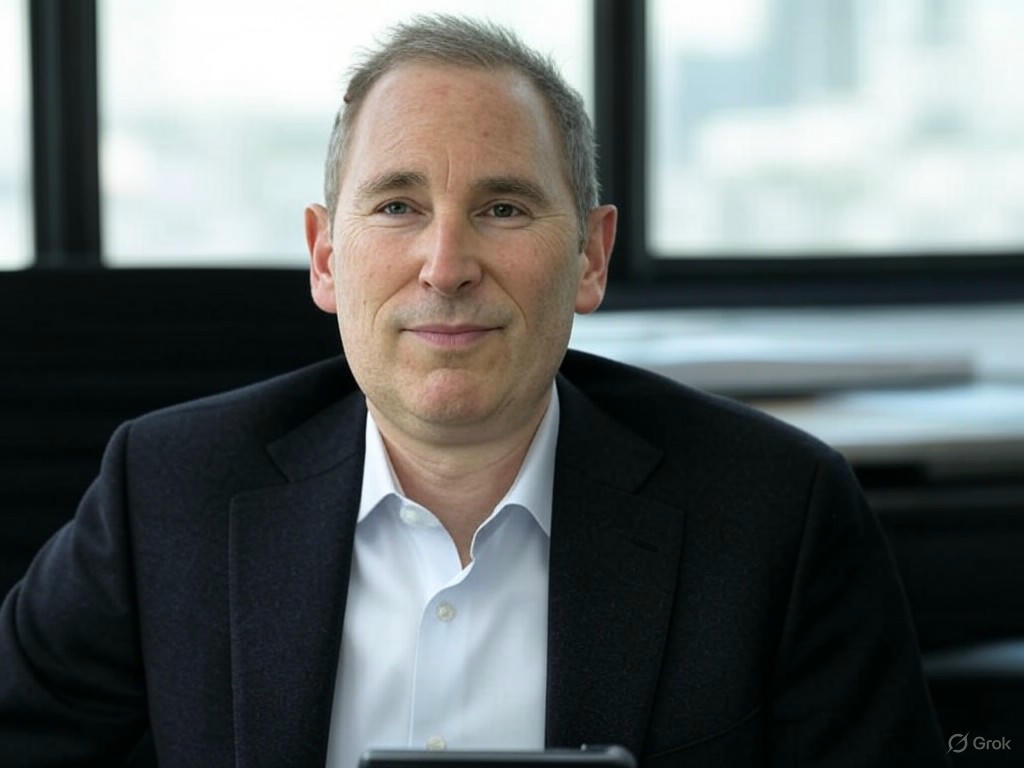AI’s Impact on Jobs: Amazon’s CEO Sparks a Bold Conversation
In a bold move that’s sending ripples through the corporate world, Amazon CEO Andy Jassy recently addressed his team with a candid perspective on artificial intelligence. His message was clear: AI is set to transform the workplace, potentially leading to a reduction in workforce numbers as automation takes on more tasks. This isn’t just a statement about technology; it’s a wake-up call for industries everywhere, signaling a shift in how businesses view staffing in the age of innovation.
Jassy’s remarks come at a time when companies across sectors are grappling with the rapid integration of AI tools. From automating customer service with chatbots to optimizing supply chains with predictive algorithms, the technology is proving its worth in efficiency and cost-cutting. However, the flip side is the human cost. Roles that once required manual input or repetitive effort are increasingly being handed over to machines. Amazon, a pioneer in leveraging tech for operational excellence, seems to be setting a precedent by openly acknowledging this reality. Jassy’s transparency might be seen as a strategic move—preparing employees for inevitable changes while positioning the company as a leader in adapting to futuristic trends.
What makes this moment particularly significant is the potential domino effect. Industry observers believe that Jassy’s honesty could embolden other executives to follow suit. For years, many corporate leaders have tiptoed around the topic of AI-driven layoffs, often cloaking workforce reductions in vague terms like ‘restructuring’ or ‘optimization.’ But with a heavyweight like Amazon breaking the silence, the floodgates may open. Smaller firms and competitors might feel less pressure to sugarcoat their own plans, leading to a broader, more open dialogue about the future of work. This could reshape employee expectations, pushing for greater emphasis on reskilling and upskilling to stay relevant in an AI-dominated landscape.
There’s also a societal angle to consider. As more companies echo Amazon’s stance, governments and educational institutions may face increased urgency to address the widening skills gap. Preparing the next generation of workers for roles that complement AI, rather than compete with it, could become a priority. Meanwhile, businesses might find themselves balancing profitability with ethical considerations—how much automation is too much, and at what point does efficiency undermine human livelihoods?
As this conversation unfolds, Andy Jassy’s forthrightness serves as a catalyst for change. While some may view his comments as a stark warning, others see an opportunity to rethink traditional employment models. The path forward isn’t just about cutting jobs; it’s about redefining them. Amazon has thrown down the gauntlet, challenging the business world to confront AI’s implications head-on. Whether other leaders rise to the occasion with equal candor remains to be seen, but one thing is certain: the dialogue around technology and jobs has entered a new, uncharted phase.


